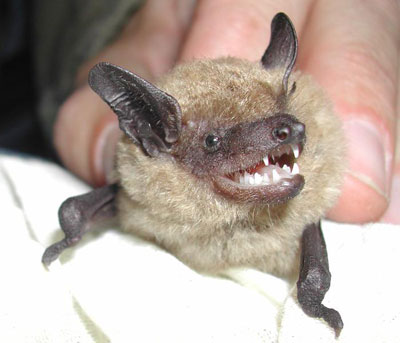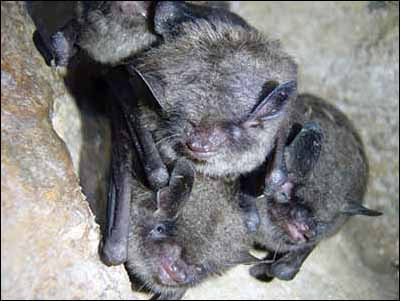What is something that birds, bats, butterflies, and dragonflies all have in common?
Well, yes, they do fly. But something that doesn’t occur to the typical person not well-versed in these animal types is that all of these creatures migrate. Now that summer is ending, days are getting shorter, and the air is just a bit cooler out there, we can expect to see these animals on the move soon.
This blog is part two of a short series on migrating animals. This topic: bats!
Michigan Bats
Michigan is home to nine bat species. Some of these bats are year long residents, while others have to head south for warmer climates in the fall and winter. Bats in Michigan are solely insect eaters, and as such, during the colder months of the year when insects are not outside, bats must either hibernate or head south to survive.
The Big Brown Bat is the most common bat species in southeast Michigan. This bat typically does not migrate, but instead hibernates in the winter in houses and caves. They may move from a summer roost to a winter home, but the move is usually less than 30 miles as they are just searching for a suitable hibernation location. This usually happens in mid-September and is triggered by cold nights and low insect activity. They prefer attics that are around 35-40 degrees. So, if you hear a scratching above your head in the middle of winter, you may very well be hearing Big Brown Bats re-positioning themselves during their hibernation slumber. Hibernating bats can survive low temperatures with reduced heartbeats, respiration, and body heat. They will reemerge from your attic in spring when the weather warms up enough for the insects to come out again.

The Little Brown Bat is also a common bat in Michigan, but they are more numerous in the northern parts of the State. This bat will migrate longer distances than the Big Brown Bat as their preferred overwintering sites are in caves to Michigan’s south like the plentiful limestone caves of Kentucky and Tennessee. The Indiana Bat is similar in that it migrates a moderate distance, except that it prefers the caves in southern Indiana as its migratory location. Indiana Bats are an endangered species; they hibernate in huge numbers but only in a small number of caves, which makes them very vulnerable to any habitat disturbances in these locations.

The Eastern Red Bat, the Hoary Bat, the Silver Haired Bat, and the Northern Long-eared Bat prefer to roost in trees and not in houses or caves. As such, they must migrate a substantial distance to reach a climate warm enough to survive the outdoors in the winter. Their exact destinations are generally unknown as these species tend to be solitary creatures rather than communal, which makes finding them harder. However, they are known to be found in Texas, Florida, and northern Mexico during the winter months.

Many bats species are facing an uncertain future thanks to a disease spreading in caves while the bats hibernate. The White nose syndrome was first reported in 2007 and is caused by a fungus that colonizes the bats skin and eventually kills them. The species of bats that hibernate in caves in huge numbers are most at risk (like the Indiana Bat). As of 2014, the fungus has been spread throughout 25 States and is found in five Canadian provinces. Thankfully awareness of the disease has also spread. A consortium of partners including the US Fish and Wildlife Service, the US Forest Service, and the Nature Conservancy are intensively studying and managing the problem. Certain caves have been closed to human excess entirely, and in others (such as at Mammoth Caves National Park), visitors are required to disinfect their clothing and shoes after leaving the caves.



